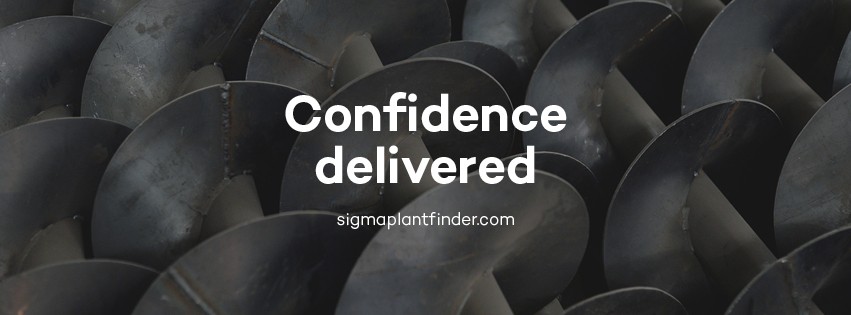
Erosion gabions are cages, engineered from double twisted hexagonal woven steel wire mesh. Delivered flat-packed, they are assembled and then filled with stones at the project site to form flexible and permeable, monolithic structures such as river bank protection and channel linings for erosion control. These gabions are divided into uniformly partitioned cells by internal diaphragms.
They are made from high quality steel wire, which is heavily galvanised to provide long term corrosion protection. An additional protective polymeric coating is also applied for gabions that are to be used in more aggressive environments, or where a longer design life is required.
Zinc-aluminium alloy is in recent years emerging as a kind of new coating material on the international market to replace the traditional pure zinc coating. Experiments provide evidence that its corrosion resistance is three times higher than that of the traditional pure zinc coating. Therefore, it is now receiving widespread attention. Nowadays, some developed countries like America and some European countries are trying to replace the traditional zinc coating gabion baskets with 5% Zn-Al alloy gabions.
The service life of the zinc-aluminium alloy gabion is typically about 70 to 80 years, which is 3 times longer than the common galvanized steel wire. It has reached the national standard GB/T 20492-2006. 5% (10%) ZZinc-Aluminium alloy gabions are mainly applied in damp environment, such as river, sea and other water conservancy projects. Its acid resistance, alkali resistance and corrosion resistance properties are far superior to the common low carbon steel wire products.
